Trees Provide Important Benefits
Trees deliver many important benefits, enhancing the aesthetics of a community as well as the health and livelihood of its residents.
Air Quality
Trees reduce air pollution and help to purify the air by absorbing carbon and other pollutants. A mature tree absorbs between 120-240 pounds per year of small particles and gases, like carbon dioxide, which are released into the air by automobiles and industrial facilities.
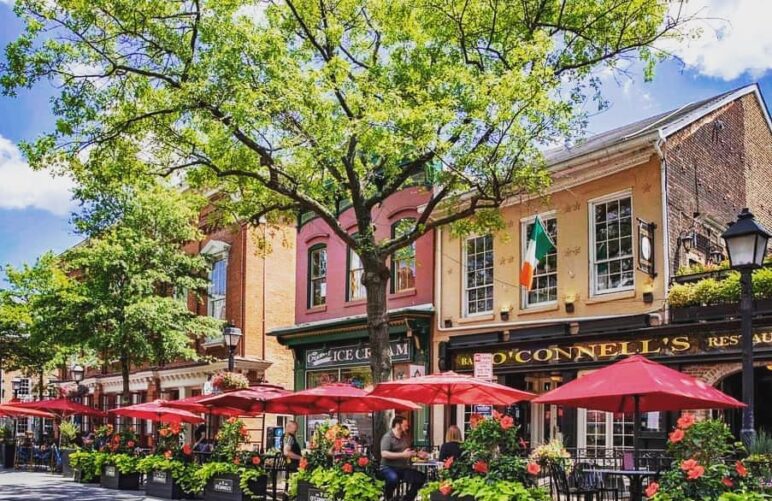
240
A mature tree absorbs between 120-240 pounds per year of small particles and gas...

3/4
A single tree produces nearly three-quarters of the oxygen required for one pers...
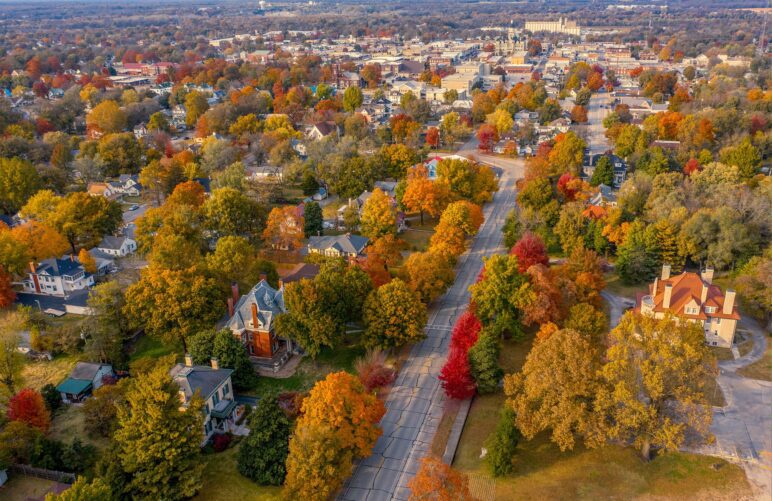
6%
A canopy of trees in an urban environment can slash smog levels by up to six per...
Wildlife Benefits
Trees provide habitats for songbirds, small forest animals, wildflowers, and other understory trees and plants.
Economic Benefits
Trees can increase property values, improve the tax base, and enhance neighborhood appeal by making streetscapes more pleasant. Commercial areas with trees generally enjoy higher occupancy and rental/lease rates than properties without such landscaping, and surveys show that consumers prefer to shop in places that are graced with trees and other forms of landscaping. Trees can also have a positive impact on the price and desirability of homes. Property values for unimproved lots can rise as much as 30 percent based on the amount and density of tree cover.
Energy Benefits
Trees can reduce heating and cooling costs and counteract the “heat island” effect in urban environments. Urban areas with little vegetation can experience temperatures of up to seven degrees higher than those with tree coverings. Properly planted trees can cut heating and cooling costs by as much as 12 percent and reduce overall power demand.
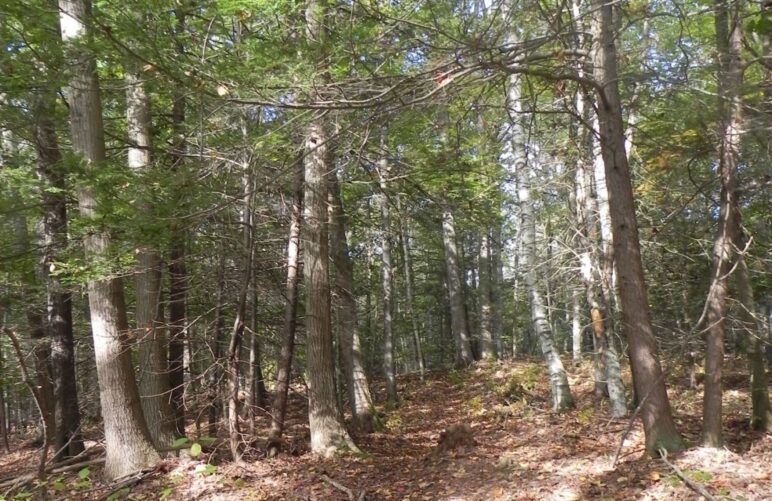
30%
Property values can increase by as much as 30% based on the amount and density o...
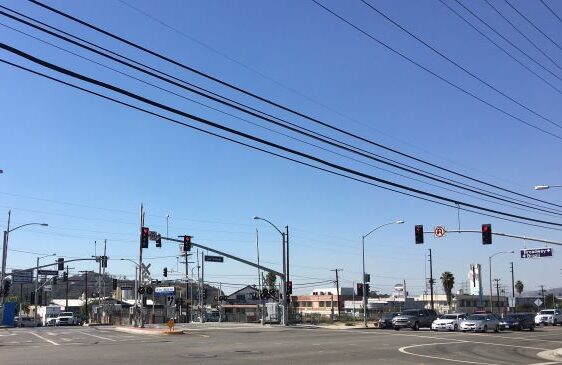
7
Urban areas with little vegetation can experience temperatures of up to seven de...

12%
Properly planted trees can heating and cooling costs by as much as 12 percent an...
Water Quality Benefits
Trees help anchor soil and reduce storm water runoff, saving the high costs of drainage ditches, storm sewers, and other “engineered” solutions to storm water management. A street lined with 32-foot-tall trees can reduce runoff by almost 327 gallons, allowing cities to install smaller and less expensive water management systems. Reducing runoff also decreases topsoil erosion and the amount of silt and other pollutants washed into streams, rivers, and lakes.
Reduced Noise Pollution
Excessive or unwanted sound has negative physical and psychological effects. Noise can come from many sources, especially roads and highways. Trees can plan an important role in deadening unwanted noise. Sound waves are absorbed by a tree’s leaves, branches, and twigs. Studies suggest that belts of trees 100 feet wide and 45 feet long can cut highway noise in half.
Mental Health Benefits
Trees and vegetation can affect our mood and help relieve stress.
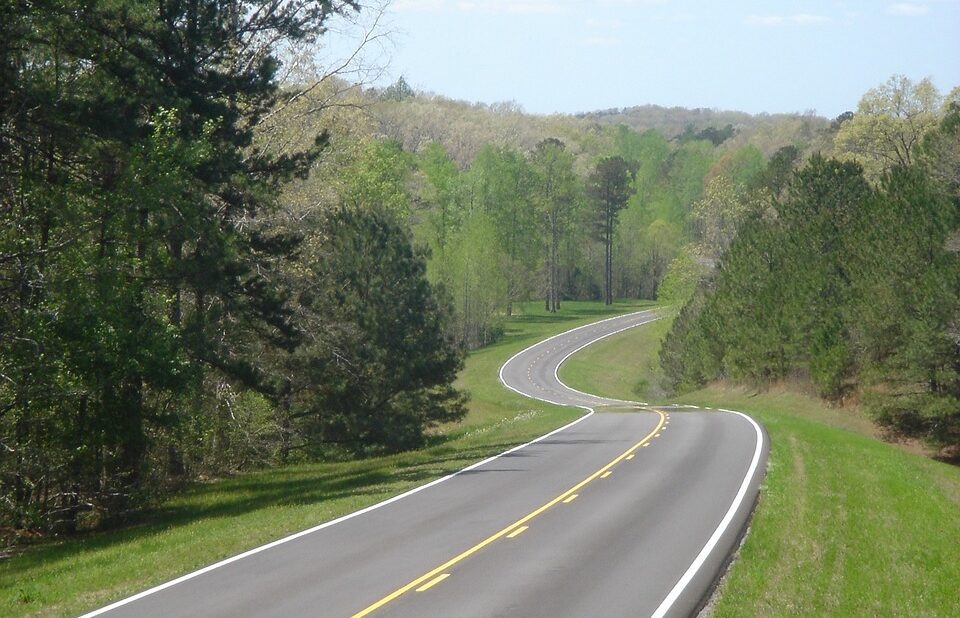
All of the benefits that trees offer to communities are multiplied by the use of tree species native to an area.
Threats to Our Trees
As important as trees are, their survival is often threatened by development. For instance, developers commonly clear-cut building sites to make construction faster and easier. Millions of trees are needlessly destroyed in this way each year because many communities do not have strong tree preservation ordinances.
What Can You Do
Talk to your community’s planning department, arborist, or reach out to Scenic America for assistance with tree concerns.
More Resources
-
 Strategies for Tree ConservationScenic America offers strategies to help protect your community's trees and to encourage more planting.
Strategies for Tree ConservationScenic America offers strategies to help protect your community's trees and to encourage more planting. -
 Case Study: Knoxville Tree Mitigation BankKnoxville's program requires developers to pay into a fund if they can't meet requirements.
Case Study: Knoxville Tree Mitigation BankKnoxville's program requires developers to pay into a fund if they can't meet requirements. -
 Case Study: Trees for HoustonLearn how this nonprofit has planted more than 600,000 trees to enhance Houston's streets.
Case Study: Trees for HoustonLearn how this nonprofit has planted more than 600,000 trees to enhance Houston's streets.